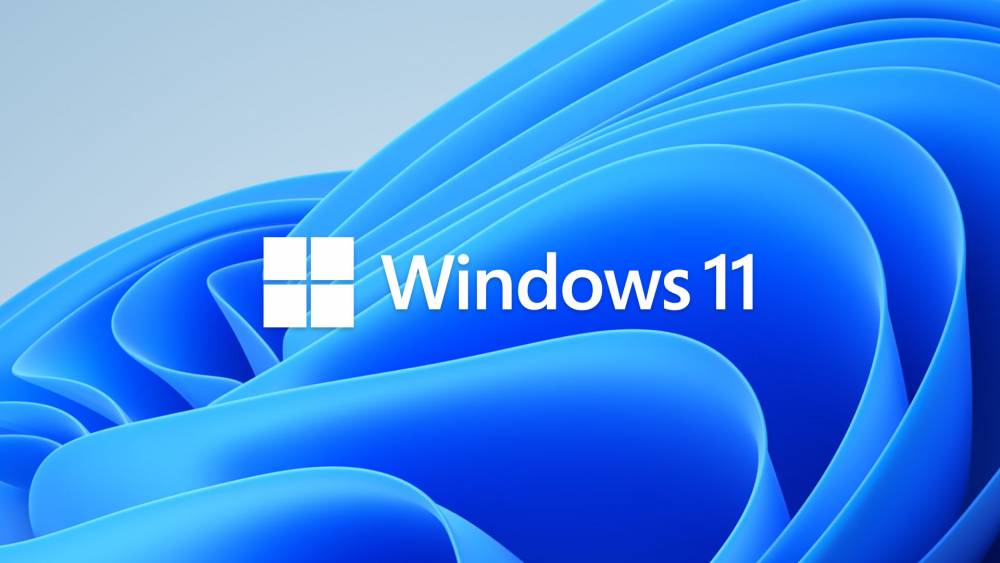
How To Find Out What Graphics Card Configuration Your Computer Has On A Windows 11 Computer
How to find out what graphics card configuration your computer has on a Windows 11 computer
It is possible to determine the graphics card that is installed in your Windows 11 computer using one of four methods. The Device Manager and the Task Manager, as well as the DirectX Diagnostic Tool and the Windows Settings app, all provide tools for diagnosing and troubleshooting graphics cards.
How to Check Your Graphics Card's with Device Manager
It is possible to view a list of all the devices connected to your computer through Windows 11's Device Manager. Besides determining device specifics, such as the type of graphics card you are using, it can also be used to update drivers, add new devices, remove existing devices, and even resolve device conflicts on your computer.
Here's how to use Device Manager to determine whether or not your graphics card is functional:
1. Open the Start menu by pressing the Windows key.
:max_bytes(150000):strip_icc():format(webp)/A1-FindOutWhatGraphicsCardYouHaveonaWindows11Computer-annotated-2fc8c578023640d8bebfca5c92fb8f13.jpg)
2. In the search box, type Device Manager and press Enter.
:max_bytes(150000):strip_icc():format(webp)/A2-FindOutWhatGraphicsCardYouHaveonaWindows11Computer-annotated-abbd56bf3bf746e59f60243cd4889dba.jpg)
3. Locate and select the > icon next to Display adapters from the drop-down menu.
:max_bytes(150000):strip_icc():format(webp)/A3-FindOutWhatGraphicsCardYouHaveonaWindows11Computer-annotated-1d7a7ca173464e28bacb1310de39f532.jpg)
4. In this section, you will find the name of your graphics card.
:max_bytes(150000):strip_icc():format(webp)/A4-FindOutWhatGraphicsCardYouHaveonaWindows11Computer-annotated-ca0a31b4c78f40f4910acf4215b64134.jpg)
How to Check Your Graphics Card with Task Manager
Additionally, you can examine your graphics card by using the Windows 11 Task Manager (see below). The Task Manager allows you to see a list of all the applications that are currently running on your computer, as well as monitor their performance.
Following are instructions on how to use Task Manager to check your graphics card:
1. Select Task Manager from the Start menu by typing it into the search box and pressing Enter.
:max_bytes(150000):strip_icc():format(webp)/B1-FindOutWhatGraphicsCardYouHaveonaWindows11Computer-annotated-e298bf16e80e4d91be63455bcebded6c.jpg)
2. Select Performance from the drop-down menu.
:max_bytes(150000):strip_icc():format(webp)/B2-FindOutWhatGraphicsCardYouHaveonaWindows11Computer-annotated-94c10e508b6541ab804cedcfc63a36ed.jpg)
3. Select the graphics processing unit (GPU).
4. Your graphics card will be displayed in the upper right corner of the window.
:max_bytes(150000):strip_icc():format(webp)/B4-FindOutWhatGraphicsCardYouHaveonaWindows11Computer-annotated-f29cb331898e439186c46c0c3b26971b.jpg)
How to Check Your Graphics Card's with DirectX Diagnostic Tool
Aside from that, the DirectX Diagnosis tool allows you to determine the type of graphics card you are using, as well as a slew of other useful information if you are trying to diagnose a display or sound problem.
How to use dxdiag to diagnose your graphics card is as follows:
1. From the Start menu, select Run and type dxdiag.
:max_bytes(150000):strip_icc():format(webp)/C1-FindOutWhatGraphicsCardYouHaveonaWindows11Computer-annotated-0886c78d35de442a9735756b16d20879.jpg)
2. Select the Display option from the menu.
:max_bytes(150000):strip_icc():format(webp)/C2-FindOutWhatGraphicsCardYouHaveonaWindows11Computer-annotated-34edd435f0f14c359186c04ef8708357.jpg)
3. Locate the Manufacturer field to learn more about the manufacturer of the GPU that is powering the first display, as well as the Chip Type field to learn more about the specific GPU that you are working with.
:max_bytes(150000):strip_icc():format(webp)/C3-FindOutWhatGraphicsCardYouHaveonaWindows11Computer-annotated-2d3b246e0b424767874be589b54fa934.jpg)
4. In the second display tab, look for fields such as the Manufacturer field, which will tell you which GPU is powering the second display, and Chip Type field, which will tell you what specific graphics card is driving that display.
:max_bytes(150000):strip_icc():format(webp)/C4-FindOutWhatGraphicsCardYouHaveonaWindows11Computer-annotated-4e3216e8023747649fc90b52bef97ccc.jpg)
How Can I Tell What Graphics Card I Have through Windows Settings
Aside from that, by looking at your displays in the Windows 11 Settings app, you can determine what type of graphics card you have. There is no direct examination of the graphics card performed here, but it does provide you with information on the graphics card type that is currently being used to power each of your displays.
You can locate your graphics card in Windows 11 Settings by following the steps outlined below:
1. From the Start menu, select Settings and press Enter.
:max_bytes(150000):strip_icc():format(webp)/D1-FindOutWhatGraphicsCardYouHaveonaWindows11Computer-annotated-667f3d5b81af45d4a6aab882657dee6a.jpg)
2. Select System > Display from the menu bar.
:max_bytes(150000):strip_icc():format(webp)/D2-FindOutWhatGraphicsCardYouHaveonaWindows11Computer-annotated-c74d4bd0668b47f89566e8c87aeb8c24.jpg)
3. Select the Advanced display option from the drop-down menu.
:max_bytes(150000):strip_icc():format(webp)/D3-FindOutWhatGraphicsCardYouHaveonaWindows11Computer-annotated-c4fd1609cd43480f8d854c972e00dfda.jpg)
4. In order to determine which graphics card is responsible for the display, locate Display 1: Connected to…
:max_bytes(150000):strip_icc():format(webp)/D4-FindOutWhatGraphicsCardYouHaveonaWindows11Computer-annotated-227593b2872448338fb9766a911c4c89.jpg)
5. If you have more than one monitor, click Display 1 in the upper right corner, then select Display 2 from the drop-down menu.
:max_bytes(150000):strip_icc():format(webp)/D5-FindOutWhatGraphicsCardYouHaveonaWindows11Computer-annotated-42cf757f9084404791d2ffa8e274e036.jpg)
6. Select Display 2: Connected to... from the Display menu to find out which graphics card is in charge of that display.
:max_bytes(150000):strip_icc():format(webp)/D6-FindOutWhatGraphicsCardYouHaveonaWindows11Computer-annotated-a9a871d42df14a38bd83bacfbb8c949e.jpg)

